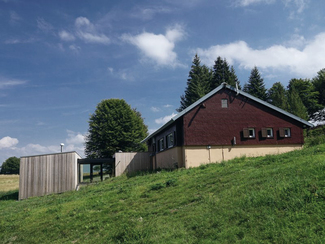-
Topics
subnavigation
Topics
Electromagnetic fields
- What are electromagnetic fields?
- Static and low-frequency fields
- Radiation protection relating to the expansion of the national grid
- High-frequency fields
- Radiation protection in mobile communication
Optical radiation
Ionising radiation
- What is ionising radiation?
- Radioactivity in the environment
- Where does radioactivity occur in the environment?
- What is the level of natural radiation exposure in Germany?
- Air, soil and water
- Monitoring of the gamma dose rate
- Cosmic radiation during flights
- Trace measurements in the air
- Emission monitoring
- Air monitoring at Schauinsland measuring station
- The BfS geoportal
- Radon
- Foodstuffs
- Building materials
- Relics
- Industrial residues (NORM)
- BfS laboratories
- Applications in medicine
- Applications in daily life and in technology
- Effects
- What are the effects of radiation?
- Effects of selected radioactive materials
- Consequences of a radiation accident
- Cancer and leukaemia
- Genetic radiation effects
- Individual radiosensitivity
- Epidemiology of radiation-induced diseases
- Ionising radiation: positive effects?
- Risk estimation and assessment
- Radiation protection
- Nuclear accident management
- Service offers
-
The BfS
subnavigation
The BfS
- About us
- Science and research
- Laws and regulations
- BfS Topics in the Bundestag
- Links
Air monitoring at Schauinsland measuring station
In addition to highly sensitive monitoring equipment for trace analysis, the Schauinsland measuring station has a multitude of measuring instruments used for gathering data in real time in the context of emergency preparedness.



